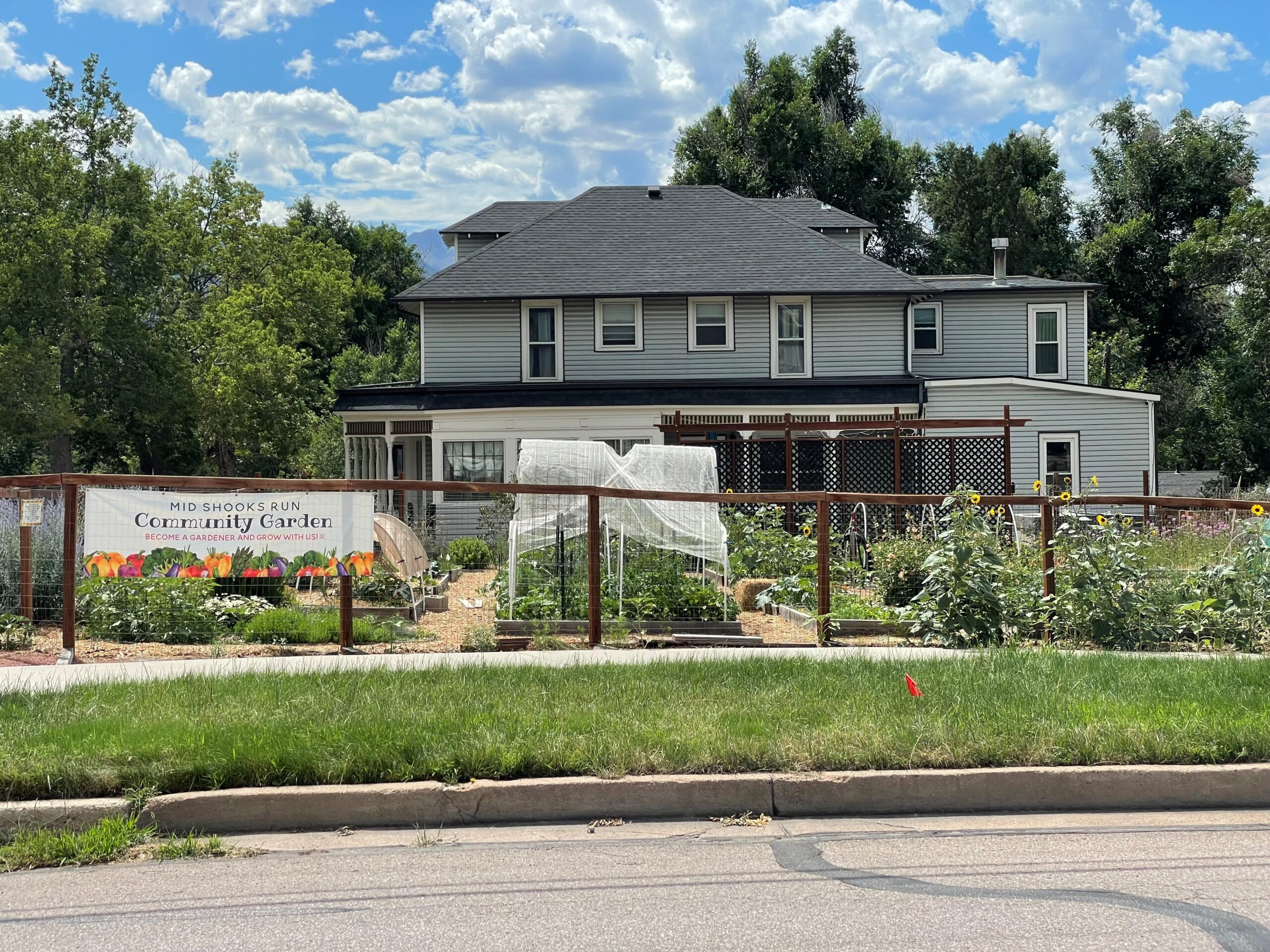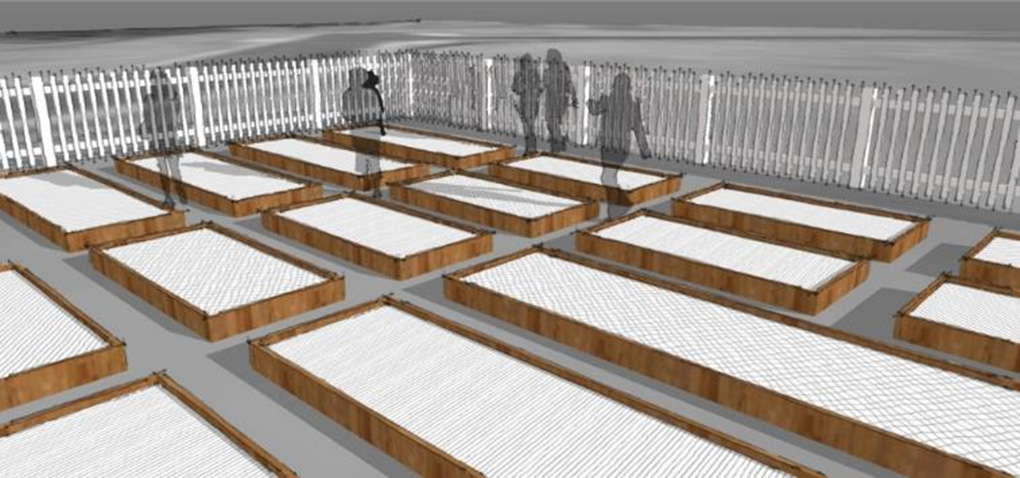Victory Gardens may invoke feelings of nostalgia in those who lived through World War II. Because, Victory Gardens played an important role in the war effort to combat food shortages as the war raged on and food staples were being rationed. Millions of Victory Gardens, pushed by government propaganda, were installed by Americans and seen as an act of Patriotism. There were several examples of plots full of vegetables in private yards, open spaces, and abandoned lots across the nation. The program was successful with yields comparable to traditional production. Because of the program success, these gardens united communities and families for a common cause.
Presently, multiple national crises could be aided by Contemporary Victory Gardens, including global warming, obesity, social isolation, poor access to mental health care, rising food costs, and even gentrification. These issues are complex and require a multi-faceted approach to solve. I’ll leave policy changes up to the politicians, and instead, only focus on my area of expertise – gardening.

Contemporary Victory Gardens
Contemporary Victory Gardens include public and private community gardens as well backyard gardens. An example of a public community garden is the one in my Downtown neighborhood, Shooks Run, where you are able to rent a garden for use for a nominal fee. You may also see private community gardens as a part of apartment complexes, hospitals, or even a non-profit organization.
Working Fusion is a great example of a non-profit garden. Working Fusion (a project of the non-profit organization, We Fortify) is dedicated to developing independence in youth who are at risk of homelessness. Part of the Working Fusion program includes a community garden where members are responsible for growing food. In addition, Working Fusion will have a nearby demonstration kitchen where the residents will be able to learn how to prepare the produce.
Contemporary Victory Gardens should include flowers as well as vegetables and herbs. It should be as beautiful as it is functional. There should be spaces throughout to sit, rest, gather, and perform various gardening tasks. The garden should also function as a haven for wildlife and humans alike.
I find peace from working on the garden in my own backyard. Gardening is therapeutic, selflessly caring for living organisms by ensuring their survival throughout the seasons. A well-designed garden provides a peaceful respite from the chaos of our daily lives.
I have developed a strong interest in Therapeutic Gardening and am excited by the emerging body of research supporting what I intuitively know to be true.
We are increasingly living in more urban environments with greater concerns and less time. Contemporary Victory Gardens more relevant than ever. Gardening with intention on a public scale is one of many steps we can take to address the issues that plague our lives.
Call it an act of patriotism if you’d like, but I’m going to call it an act of humanity.
You may read more about Victory Gardens and Community Gardens here:

